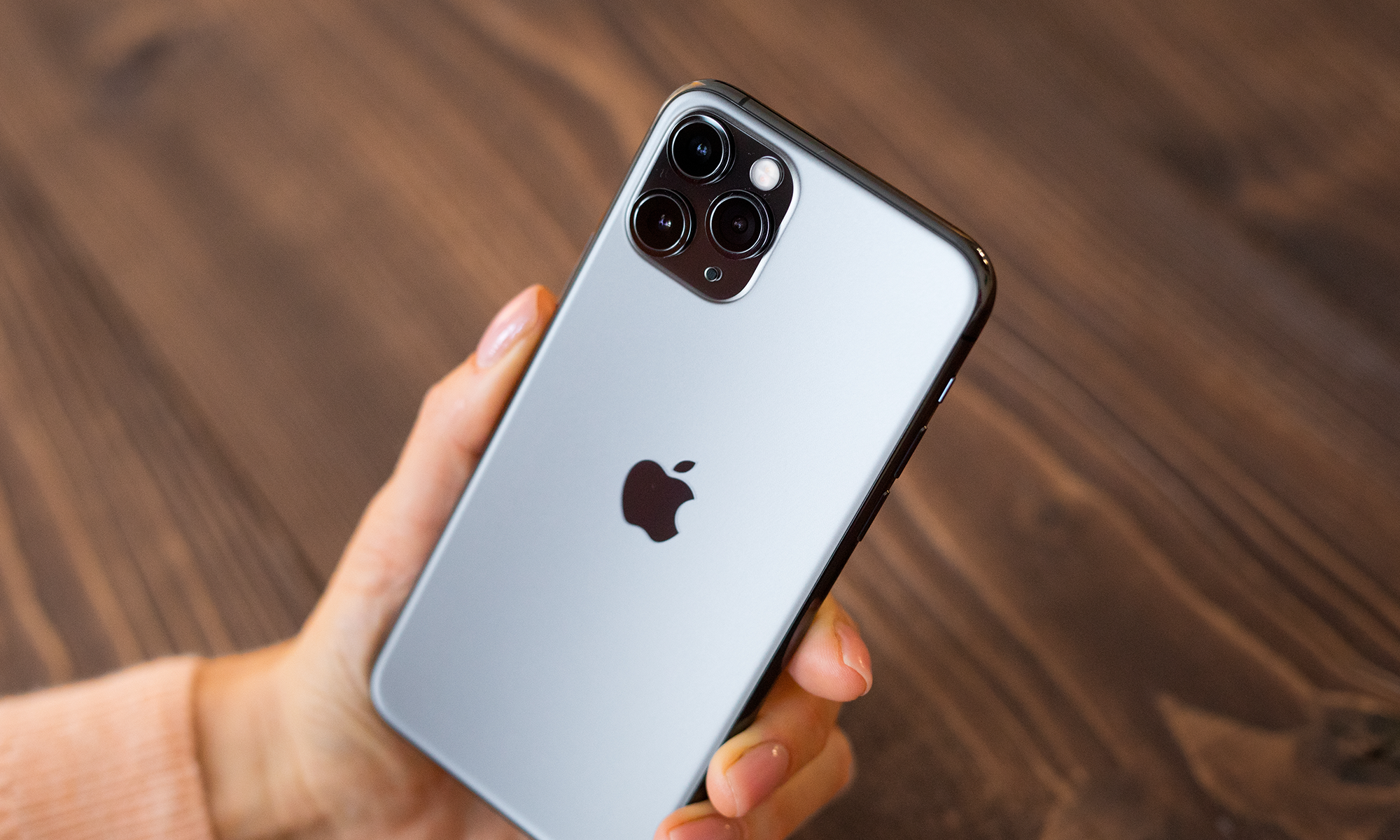
Image source: Apple.
Whenever Apple (AAPL 0.64%) releases new flagship smartphones, the prior-generation models are usually discounted by $100. This effectively makes last year's Apple flagship into this year's mid-range offering, allowing Apple to participate at a wider range of price points than it would have otherwise been able to.
This strategy has worked reasonably well for Apple as its flagship devices tend to be advanced enough to successfully inhabit those mid-range price points but not so advanced so as to diminish the value proposition of the flagship model.
Although the iPhone 6S and iPhone 6S Plus were disappointing sellers as flagships (Apple saw its first-ever iPhone sales decline during this product cycle), as this year's mid-range offerings, they are probably the most competitive products that Apple has ever had at these price points.
iPhone 6S and iPhone 6S Plus still competitive with Android flagships
In prior generations, it'd have been hard to make the case that Apple's previous generation phones were, in meaningful ways, superior to flagship devices from major Android-based competitors. However, this year it's not a hard case to make at all.
The A9 processor inside of the iPhone 6s and iPhone 6s Plus offers better single/dual core CPU performance than what can be found in any other Android smartphone according to the Geekbench 4 performance test (Android flagships have the A9 beaten on multicore performance, but per-core performance is generally more important for the user experience).
Both the iPhone 6S and the iPhone 6S Plus also incorporate Apple's 3D Touch functionality. Similar technologies have begun to pop up in a few Android smartphones, but the major flagships from well-known brands such as Samsung (NASDAQOTH: SSNLF), LG, and HTC have yet to incorporate a similar feature (though I suspect they will in due time).
Apple also wisely opted to increase the amount of storage that it offers in these price-reduced iPhone 6S devices. The base iPhone 6S and iPhone 6S Plus models now come with 32 gigabytes of storage and 128 gigabytes in the higher price tier.
Those storage increases, coupled with the price cuts, should dramatically improve the value propositions of these former-flagships-turned-mid-range phones.
The iPhone 6S and iPhone 6S Plus aren't ahead of current Android flagships in every respect, though. The iPhone 6S and iPhone 6S Plus are behind in terms of display resolution, cellular performance, and the cameras.
That being said, the fact that Apple's year-old flagships are as competitive as they are could help the company gain some share at lower price points against the Android makers.
iPhone 7 and 7 Plus should hold up extremely well
I believe that this year's iPhone 7 and iPhone 7 Plus are much more competitive as flagship devices than the iPhone 6S and iPhone 6S Plus were when they were Apple's top devices. Assuming that Apple's competitors don't advance their phones at a quicker pace than they did in between the iPhone 6S and iPhone 7, then I could actually see the iPhone 7 and iPhone 7 Plus holding up even better against Android flagships post-iPhone 8 launch than the iPhone 6S and iPhone 6S Plus are now.
And, for Apple, gaining smartphone share while keeping its average selling prices healthy (Apple's mid-range phones start at $549) is critical to allowing its iPhone business to deliver profitable growth. Increasingly strong mid-range offerings should allow Apple to do just that.






